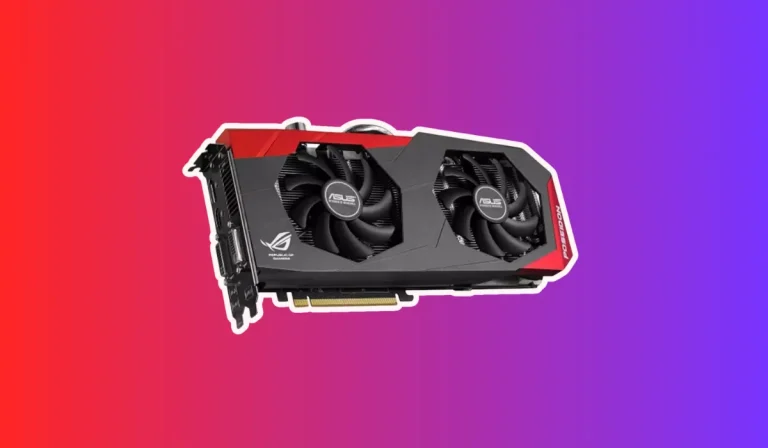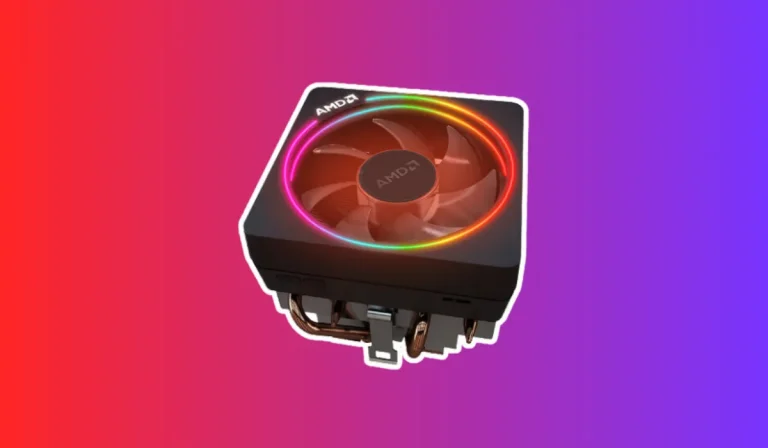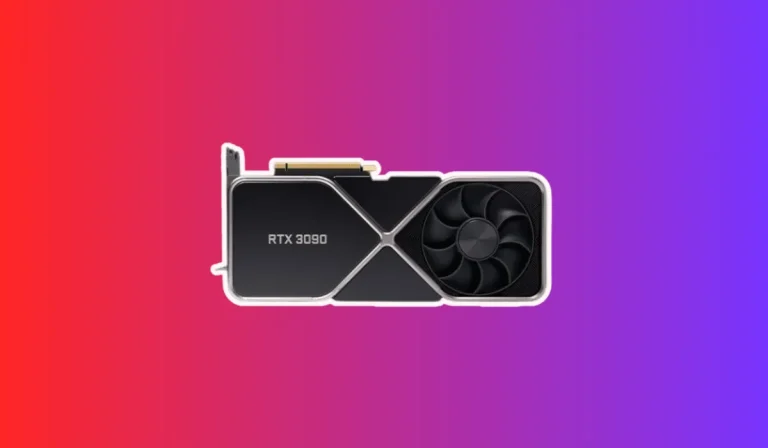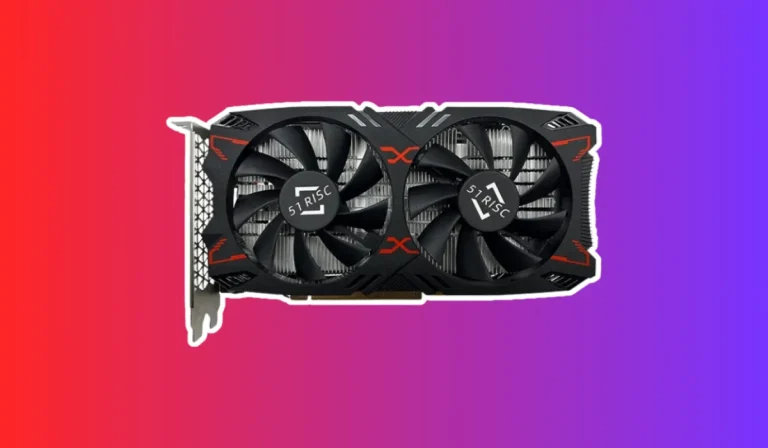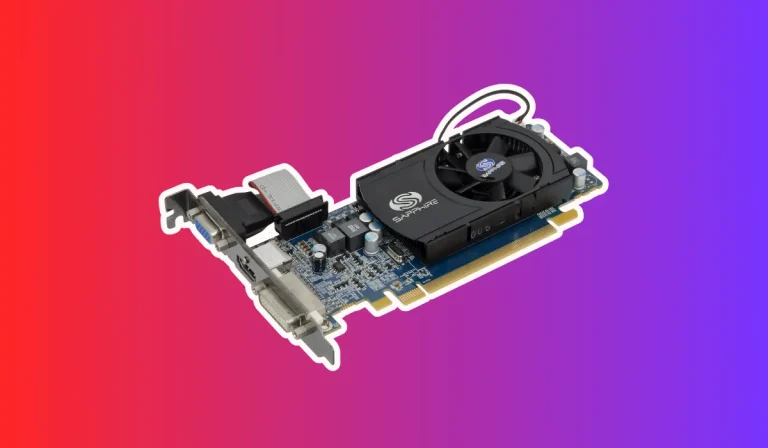How do you overclock a gigabyte GPU?
Are you ready to unleash the true potential of your Gigabyte GPU? Overclocking is the key! This blog post explains what it is and how it can benefit your GPU’s performance. We’ll specifically focus on the popular Gigabyte GPUs and the importance of proper overclocking techniques.
Researching and Downloading Overclocking Software
Compatibility and Features
Before downloading any overclocking software, it’s crucial to ensure that it is compatible with your specific Gigabyte GPU model. Different software may have varying levels of compatibility, so it’s important to do your research and find one that supports your GPU. Check the software’s documentation or official website for a list of supported GPUs.
Additionally, consider the features offered by the software. Look for options that allow you to adjust the core clock, memory clock, and voltage settings. Some software even offers advanced features like fan control and RGB lighting customization. Choosing software with the right features will give you greater control over your overclocking process.
Popular Overclocking Software Options
When it comes to overclocking software for Gigabyte GPUs, two popular options are MSI Afterburner and EVGA Precision X1. These software tools are widely used and trusted by enthusiasts for their reliability and comprehensive feature sets. Both are compatible with Gigabyte GPUs and offer intuitive interfaces for easy tweaking.
MSI Afterburner provides a user-friendly interface with a range of features, including core clock and memory clock adjustments, voltage control, and real-time monitoring. It also allows for custom fan profiles and supports GPU overclocking on multiple GPUs simultaneously.
EVGA Precision X1 is another powerful software tool that offers similar features. It provides precise control over GPU settings, including core clock, voltage, and memory clock adjustments. It also offers a customizable interface and real-time monitoring to keep track of temperatures and performance metrics.
Finding the Optimal Overclocking Parameters
Gradual Incremental Adjustments
When overclocking your Gigabyte GPU, it’s important to make adjustments gradually. Start by increasing the core clock by a small increment, such as 25 MHz, and run a stress test to check for stability. If the stress test passes without any issues, increase the core clock further and repeat the process until you notice instability or artifacts during testing. Then, revert to the previous stable value.
Repeat the same process for the memory clock, increasing it in small increments and testing for stability. Keep in mind that not all GPUs can handle the same levels of overclocking, so it’s essential to find the sweet spot where your specific GPU performs optimally without overheating or crashing.
Monitoring Stability and Temperature
Throughout the overclocking process, it’s crucial to monitor the stability and temperature of your Gigabyte GPU. Use the overclocking software to keep an eye on the temperature readings and ensure that they remain within safe limits. Excessive heat can lead to performance degradation or even hardware damage.
To test the stability of your overclocked settings, utilize stress testing tools like FurMark or Heaven Benchmark. These tools will put your GPU under heavy load to check for any instability or crashes. Run the stress test for a reasonable duration, such as 15-30 minutes, to ensure that your overclocked settings can handle sustained usage.
Fine-Tuning and Customizing Settings
Core Clock and Memory Clock Adjustments
With stable overclocking parameters in place, you can further fine-tune your Gigabyte GPU’s performance by adjusting the core clock and memory clock. Incrementally increase the core clock and memory clock by small amounts, such as 5-10 MHz, and test for stability using stress testing tools. This gradual approach helps you find the optimal balance between performance and stability.
Keep in mind that increasing the core clock will provide a boost to overall GPU performance, while increasing the memory clock can enhance the performance of memory-intensive tasks, such as gaming or video editing. Experiment with different clock speeds to find the sweet spot that delivers the best performance for your specific needs.
Custom Fan Profiles and Power Limit
To ensure optimal cooling while overclocking, consider customizing the fan profiles and power limit of your Gigabyte GPU. Most overclocking software allows you to create custom fan profiles that adjust the fan speed based on temperature. By setting more aggressive fan curves, you can keep your GPU cool under heavy load.
Additionally, adjusting the power limit can have a significant impact on the stability and performance of your overclocked GPU. Increasing the power limit allows for higher power delivery to the GPU, which can result in improved performance. However, be cautious as higher power limits can also lead to increased heat generation and potentially reduce the lifespan of your GPU.
FAQ’s
Q1: Can I overclock my Gigabyte GPU without any additional software?
No, overclocking a Gigabyte GPU requires the use of specialized software tools like MSI Afterburner or EVGA Precision X1 to adjust the GPU settings and achieve higher performance.
Q2: Is it safe to overclock my Gigabyte GPU?
When done correctly and within safe limits, overclocking your Gigabyte GPU can be safe. However, it is important to monitor temperatures and ensure stability during the process to prevent overheating or system crashes.
Q3: What are the potential risks of overclocking my Gigabyte GPU?
Overclocking can increase the power consumption and heat generation of your GPU, which may lead to reduced lifespan or potential hardware damage if not properly managed. It is important to follow proper guidelines and monitor your GPU’s performance and temperatures.
Q4: How do I know if my Gigabyte GPU is stable after overclocking?
To ensure stability after overclocking, it is recommended to stress test your GPU using software like FurMark or Heaven Benchmark. These tools put your GPU under heavy load and help identify any instability or crashes caused by the overclocked settings.
Q5: Can I revert my Gigabyte GPU back to its default settings after overclocking?
Yes, you can easily revert your Gigabyte GPU back to its default settings by resetting the overclocking software or by restoring the default values within the software interface. This allows you to revert to the original settings if you encounter any issues or want to return to stock performance.
Conclusion
You have now learned how to overclock your Gigabyte GPU and unlock its full potential. By following the step-by-step process, you can achieve significant performance gains in your gaming or other GPU-intensive tasks. Remember, overclocking is an experimental process, so feel free to explore and find the settings that work best for your specific GPU.

